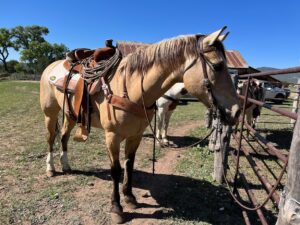
Winter Wonderland & Electric Light Parade
December 14th, 2024
Winter Wonderland @ 1pm – 5pm
Tree Lighting @ 5:30pm
Electric Light Parade @ 6pm
Green Valley Park
Deming Pioneer Park @ 5:30
Historic Main Street @ 6pm

Winter Wonderland & Electric Light Parade
December 14th, 2024
Winter Wonderland @ 1pm – 5pm
Tree Lighting @ 5:30pm
Electric Light Parade @ 6pm
Green Valley Park
Deming Pioneer Park @ 5:30
Historic Main Street @ 6pm

Advance warning is your best planning tool for an imminent threat. Follow the link below for alert systems to help you stay informed of weather hazards.
https://www.readygila.com/alertswarnings

Want to know more about the history of Gila County, Arizona? Where ranchers, writers, Native Americans, pioneers, miners, and family feuds all have a story? Learn all about it and The Code of the West here, https://www.discovergilacounty.com/gila-county-history

Monster Mash
October 26th, 2024
4pm – 9:30pm
Green Valley Park
Trunk or Treat, Hay Rides, Pumpkin Contest and Costume Contest, and a movie
https://adventurepayson.com/treat/

Turkey Trot
November 23rd, 2024
9am
Green Valley Park
https://adventurepayson.com/turkeytrot/

Payson Aerofair & Fly in
October 19th, 2024
10am – 2pm
visit https://paysonaerofair.wixsite.com/paysonaerofair for more.
Payson hosts this family fun event, the Arizona’s State Fiddling Championship, for the 54th year.
September 20th -22nd, 2024
Green Valley Park